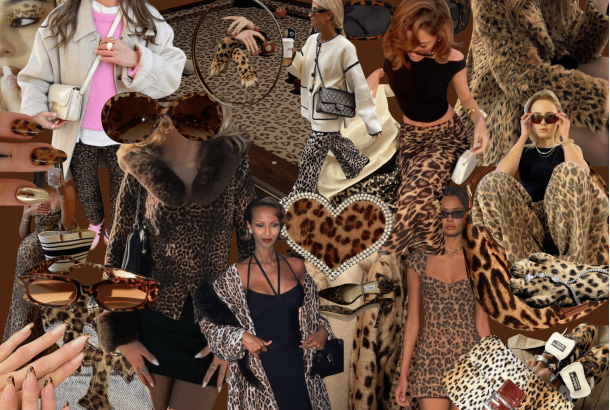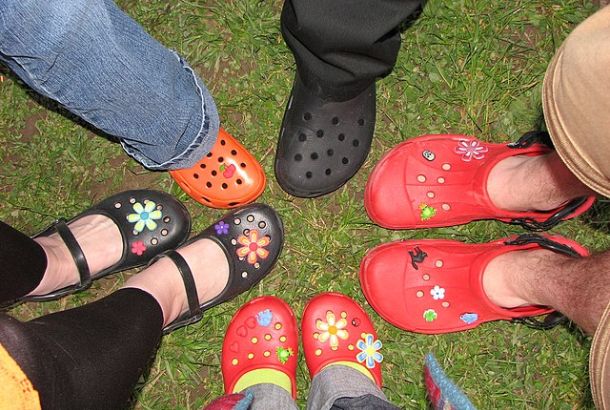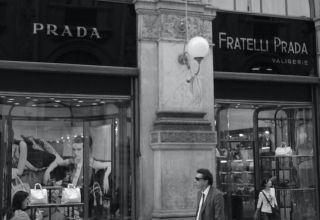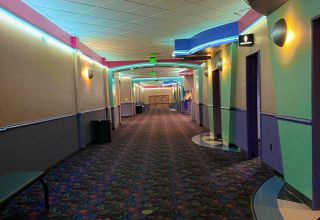What has sexual liberation done for fashion?
By Susie Coen
In an age where sex is integral to the world of fashion, it is hard to imagine a time when little more than an ankle was advertised. While fashion before the sexual revolution did bring us flapper girls, cloche hats and the ‘New Look’ fashion of the late 1940s, this era of sexual liberation is unrivalled in its impact on the world of fashion.
During the 1960s and 1970s the combination of student protests, contraceptives and second-wave feminism resulted in pivotal changes to society. The ‘swinging sixties’ has become a symbol for the social conflict between the old and the new, the rigid and the forward thinking. The period gave more autonomy to young women who were given choices of when to be mothers, who to have sex with and how to express themselves. The emergence of Hugh Hefner and Playboy saw sex being brought to the forefront of the media, and sex toys, S&M and aphrodisiacs gained popularity.
Photo: Bert Stern Photo: Goldie Worrall @TumblrThis eruption of youth known as the ‘Youthquake’ resulted in a revolution in the fashion industry. During the 1960s, youth throughout the West began to rebel against traditional clothing styles and generate new trends. In 1965 British designer Mary Quant dramatically raised the hemline of her skirts to create the miniskirt, which oozed empowerment and independence, liberating women and their legs.
In France, the designer André Courrèges similarly displayed his minimalistic, space-age above the knee dresses in 1964. The miniskirt also led to fabulously controversial accessories, such as provocative zip-up knee high boots made of stretch vinyl, known as ‘go-go’ boots and tights replaced nylon stockings, liberating women from garter belts. The miniskirt’s controversy continued to flourish, being made from see-through materials and loose crochet fabrics, making underwear an important fashion accessory. The sexual revolution played a role in the transformation of the desirable woman.
The 1950s high-heels and big-breasted woman was replaced by the ‘Lolita look’, more recognizable in today’s world. Androgynous and long-legged, the most famous model of this description was Twiggy, who initiated the adoption of the geometric bob and heavily mascaraed lashes that we still know and love. This androgynous look was enriched in the late 1970s with the punk movement in which prevalent rock stars such as Blondie pioneered the scene based upon anti-fashion, which tried to avoid mainstream trends. With punk designers such as Vivienne Westwood and Malcolm McLaren, the mini was transformed into PVC and of course black leather, an item so predominant today. Whereas in the 1960s the mini was accessorized with tights, the punk movement accompanied retro miniskirts with ripped fishnets to reflect the movement’s rebellious nature. Also born were some of our wardrobes’ most staple items, such as leather jackets, blazers, dress shirts and brothel creepers.
Photo: Pop Kampol Photo: fashioncriminals.tumblrThe 1960s also saw the birth of the ‘hip-hugger’, the ancestor of low-rise jeans, which rose to popularity during the hippie movement of the late 1960s/1970s. Bell-bottomed hip-huggers were paired with paisley-printed tops and nehru-collared jackets to create the bohemian aesthetic. Integral to the infamous disco culture of the 1970s, hip-huggers continued to prevail until the 1980s when they were replaced with higher-waistlines, admired today. However, in 1996 Alexander McQueen transformed the hip-hugger into the low-rise jean in his Dante collection show featuring Kate Moss, and such styles were continuously worn into the noughties.
It is unquestionable that some of the most familiar fashion trends had their seeds sewn in the political and social rebellions of the Sexual Revolution. As sex became accepted, desired and celebrated, women bore their gorgeous legs, their seductive midriffs and the love affair between sex and fashion began.







